Mr. Du Van Thai at the area where areca and coconut husks are ground before being composted into organic fertilizer.
According to the Farmers' Association of Kien Giang province, in 2022, Mr. Thai was voted as an outstanding Vietnamese farmer by the Central Committee of the Vietnam Farmers' Association . "Realizing that the long-term use of chemical fertilizers in production has made the land increasingly infertile. It is worth mentioning that the price of chemical fertilizers is increasing, the production and trading of poor quality fertilizers is still happening, affecting the quality of agricultural products, causing losses to farmers. Meanwhile, organic fertilizers, which have all the necessary nutrients for crops, have not been focused on," said Mr. Thai.
From the above thoughts, after being taken by the Chau Thanh District Farmers' Association to visit models of farmers outside the province, including the model of composting organic fertilizer from agricultural waste, in 2020, Mr. Thai experimented and then boldly implemented the process of producing organic fertilizer at home. First, he built a warehouse of 150m2, in which he placed a grinder, a bio-composting cellar with 3 compartments with a volume of about 100m3. To reduce labor, he also equipped a fertilizer mixer and automatic bagging machine.
The main raw materials for producing organic fertilizer are coconut husks, dried areca husks, deaf coconuts and pineapple trees and leaves. All raw materials are put into a grinder, then composted with cow dung at a ratio of 1 part manure combined with 1 part finely ground waste. To prevent odors and speed up the decomposition process, Mr. Thai uses EM and Trichoderma antagonistic fungi. From the beginning of composting until complete decomposition and can be used to fertilize plants takes only 3 months. During this process, Mr. Thai does not need to manually mix the compost like the traditional method thanks to the installation of an ASP aeration system that helps speed up the decomposition of plant matter and manure. In addition, Mr. Thai also takes advantage of discarded fish or sea fish heads that local seafood processing facilities throw away to compost with EM microorganisms and pineapple peels to create organic fertilizer with high nutritional content.
According to Mr. Thai's calculations, with 2 hectares of pineapple, areca, and coconut, the cost of buying chemical fertilizers is about 40 million VND per year. Since using self-composted organic fertilizers as a replacement, Mr. Thai has reduced production costs by 50%. Although using organic fertilizers is labor-intensive, in return, the soil is improved, overcoming fungal diseases on pineapples, especially prolonging the fruiting time of pineapple trees, the pineapples are sweet and have no chemical residues, safe for the health of users. In addition to fertilizing his family's pineapple, areca, and coconut gardens, Mr. Thai also sells them on the market for 60,000 VND/20kg bag.
Mr. Thai said that in addition to reducing production costs, the plants grow well and live long, there is another reason why he gradually switched to using organic fertilizer for his pineapple, areca and coconut gardens: he wanted local people to see the effectiveness and follow suit. According to him, this method also helps people keep their village roads and alleys clean by reducing the amount of waste released into the environment.
Article and photos: AN LAM
Source: https://baocantho.com.vn/lao-nong-lam-phan-tu-rac-a185385.html


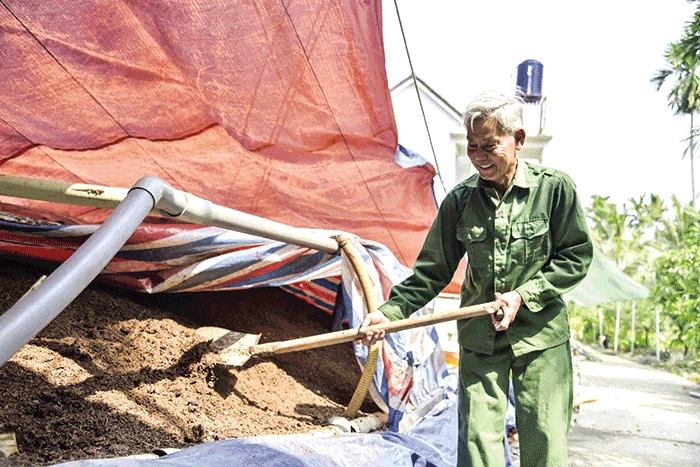

![[Photo] National conference to disseminate and implement Resolution No. 66-NQ/TW and Resolution No. 68-NQ/TW of the Politburo](https://vphoto.vietnam.vn/thumb/1200x675/vietnam/resource/IMAGE/2025/5/18/adf666b9303a4213998b395b05234b6a)

![[Photo] General Secretary To Lam visits exhibition of achievements in private economic development](https://vphoto.vietnam.vn/thumb/1200x675/vietnam/resource/IMAGE/2025/5/18/1809dc545f214a86911fe2d2d0fde2e8)
![[Photo] More than 17,000 candidates participate in the 2025 SPT Competency Assessment Test of Hanoi National University of Education](https://vphoto.vietnam.vn/thumb/1200x675/vietnam/resource/IMAGE/2025/5/17/e538d9a1636c407cbb211b314e6303fd)

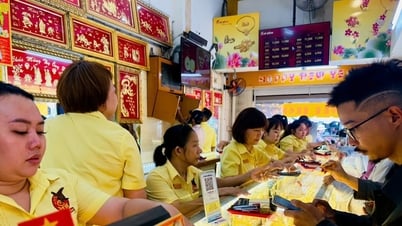

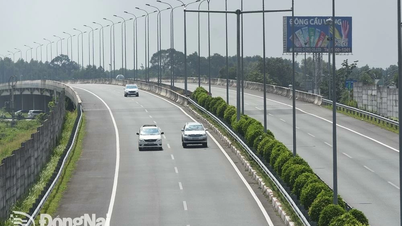

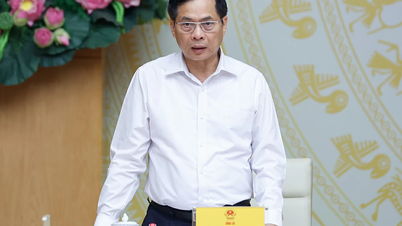
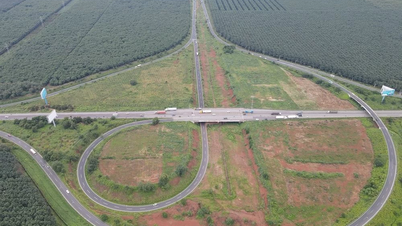
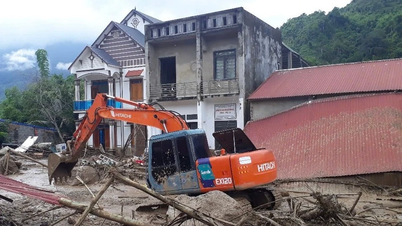

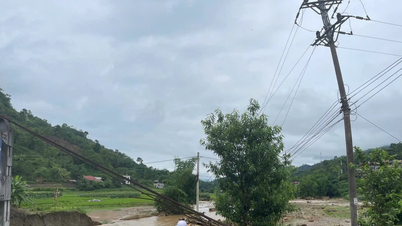




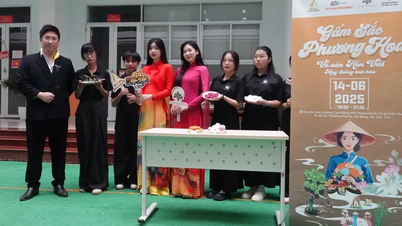
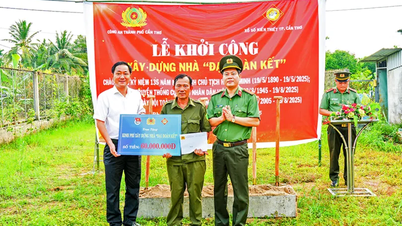
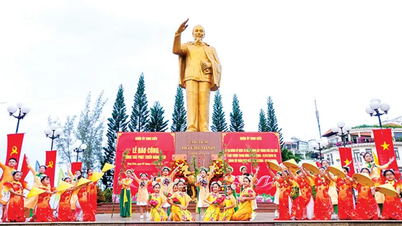
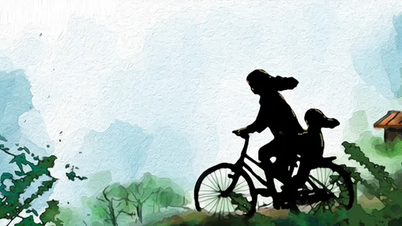
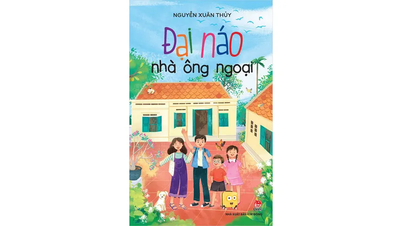
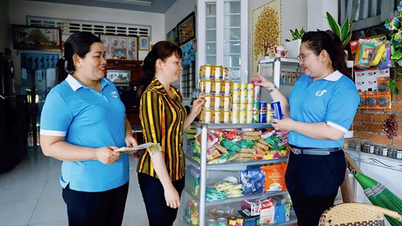
![[Photo] Prime Minister Pham Minh Chinh chairs meeting on science and technology development](https://vphoto.vietnam.vn/thumb/1200x675/vietnam/resource/IMAGE/2025/5/17/ae80dd74c384439789b12013c738a045)














































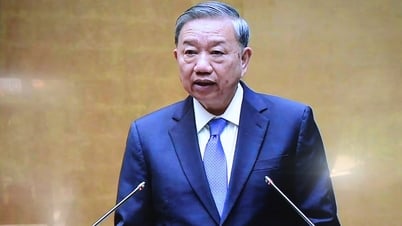

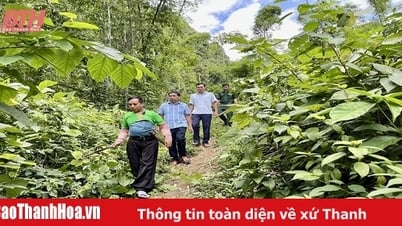

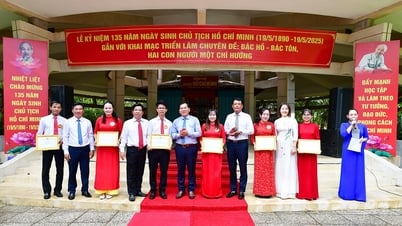
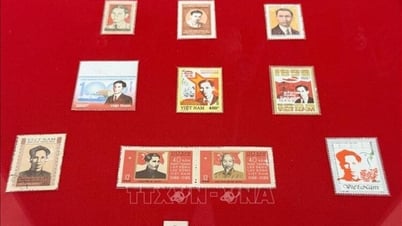

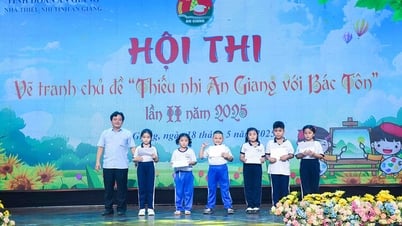









Comment (0)